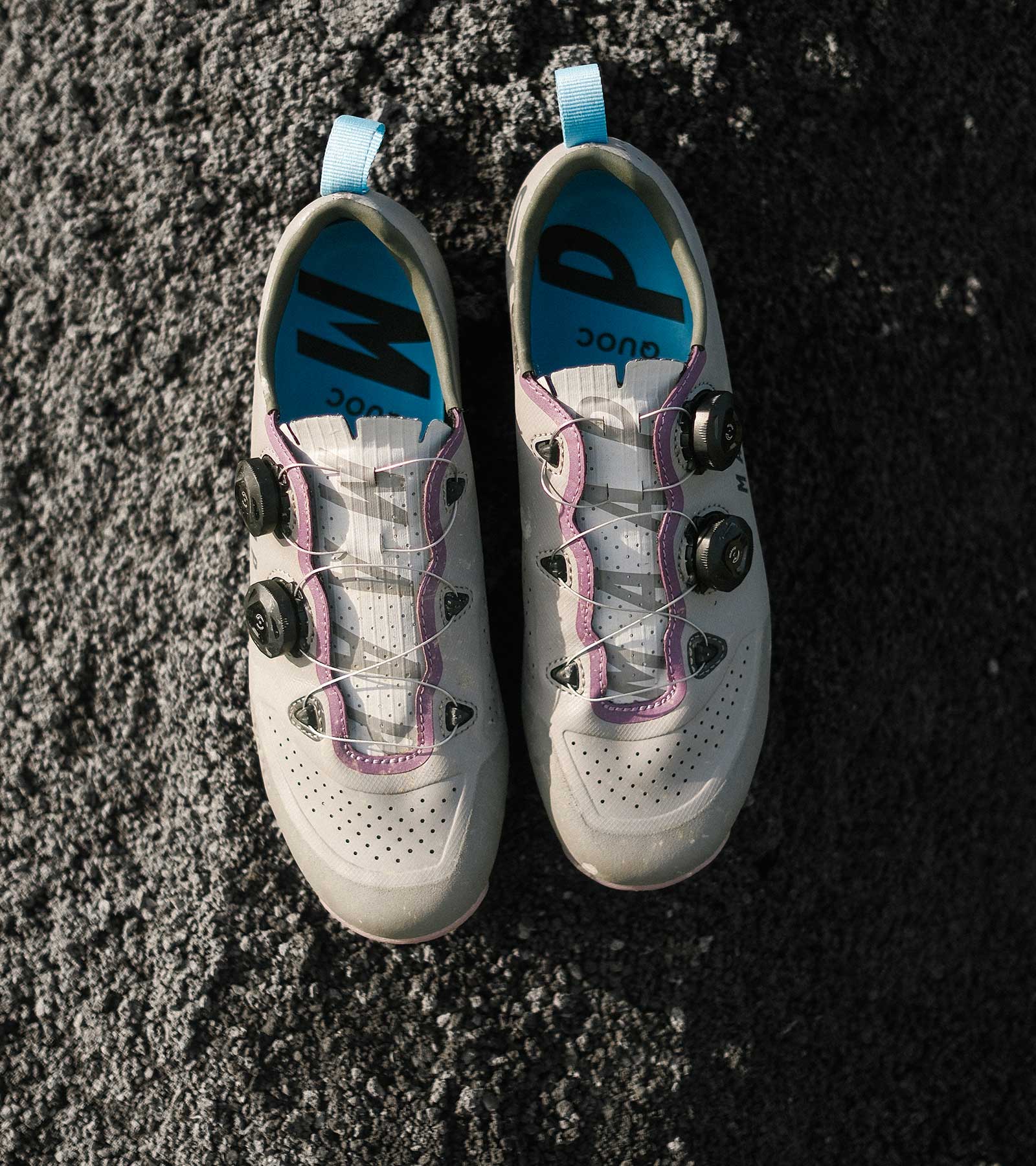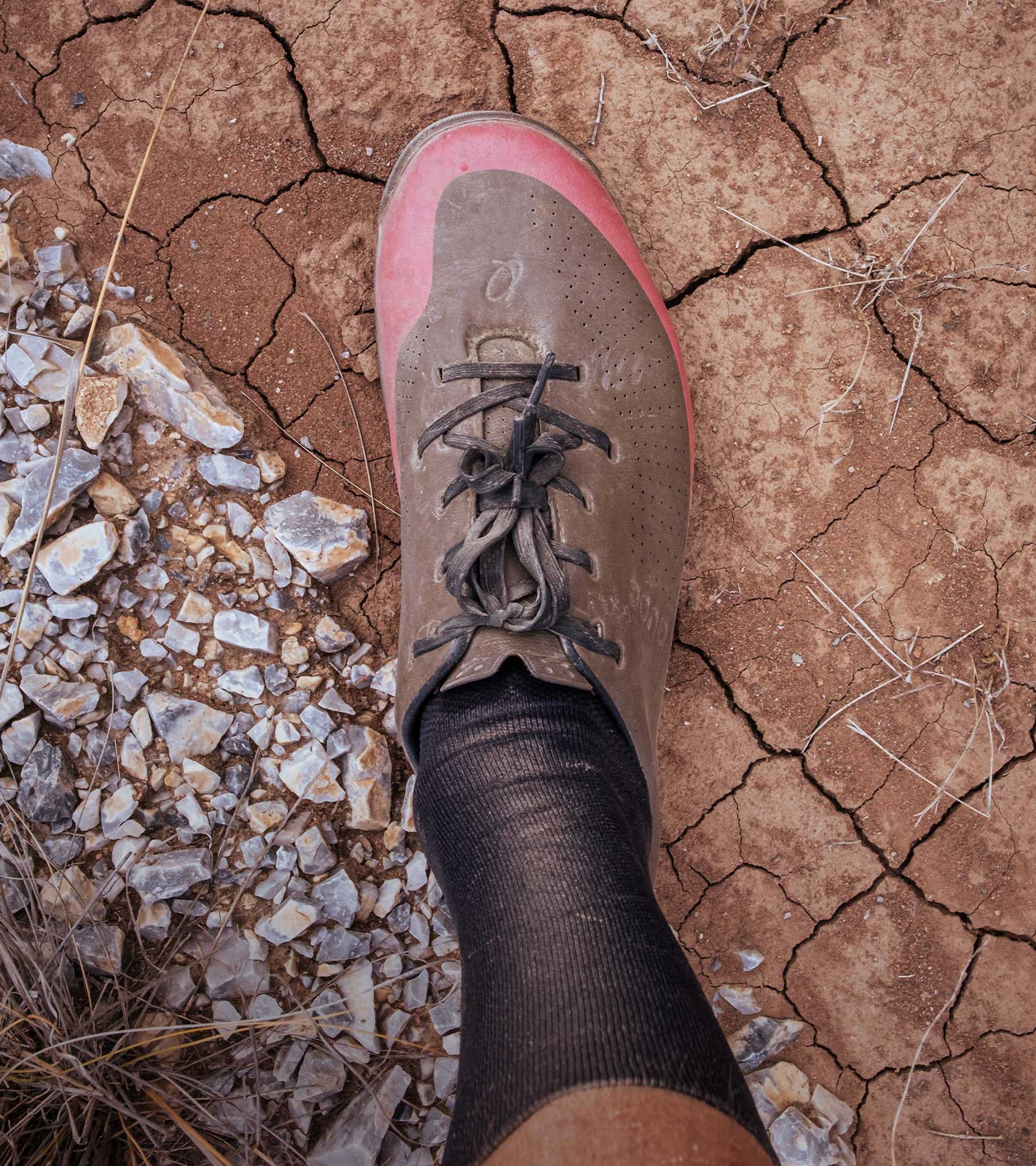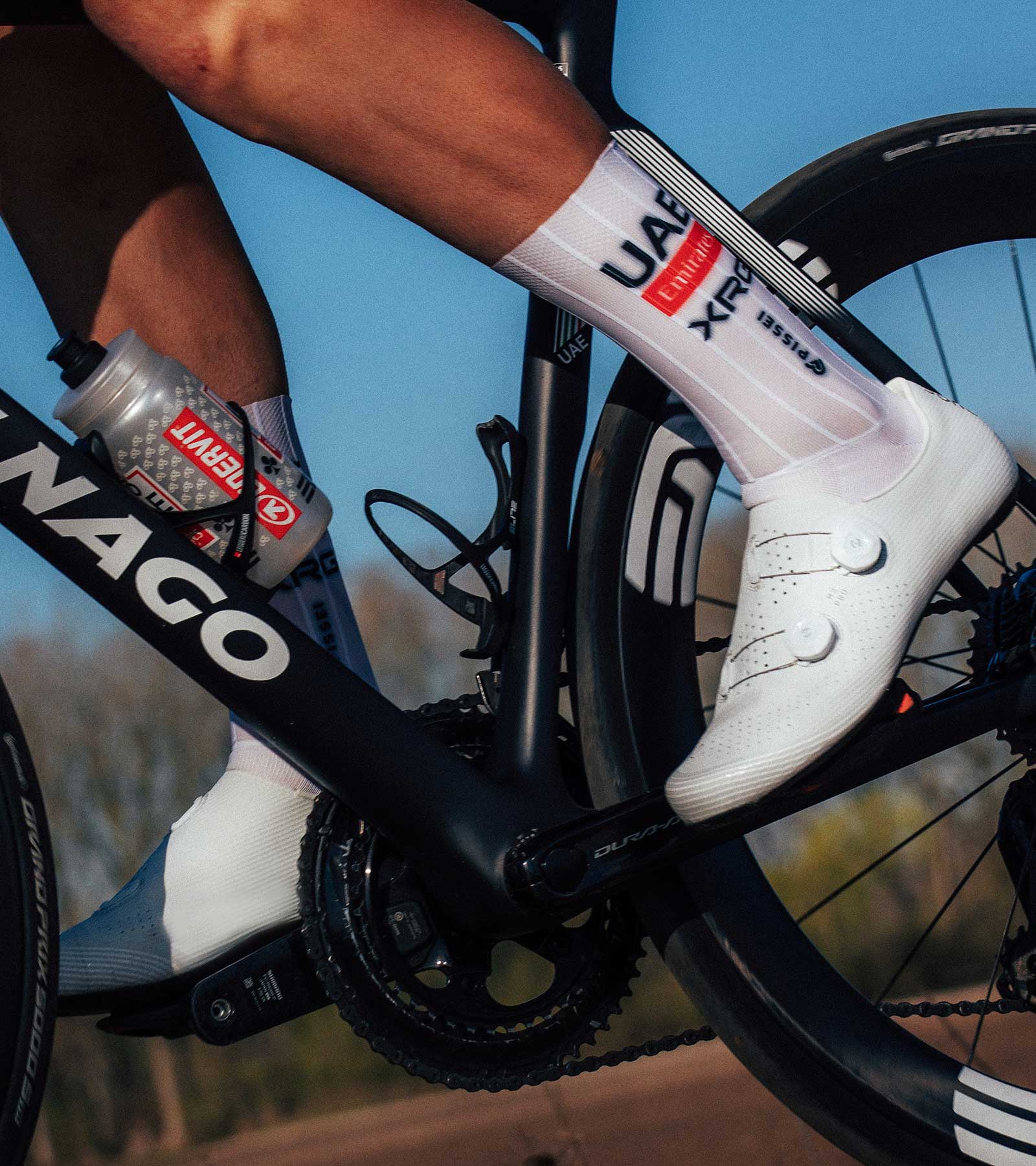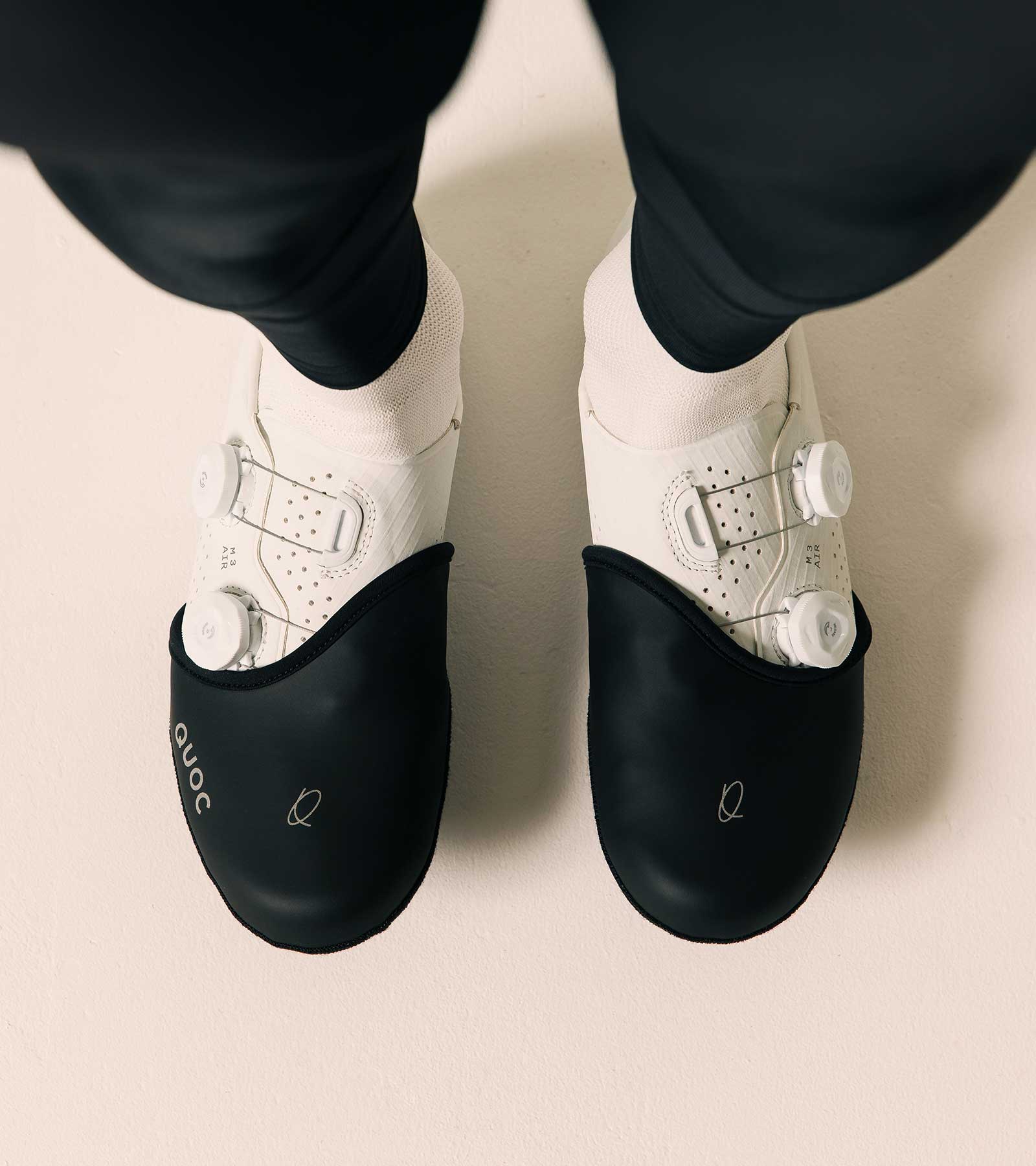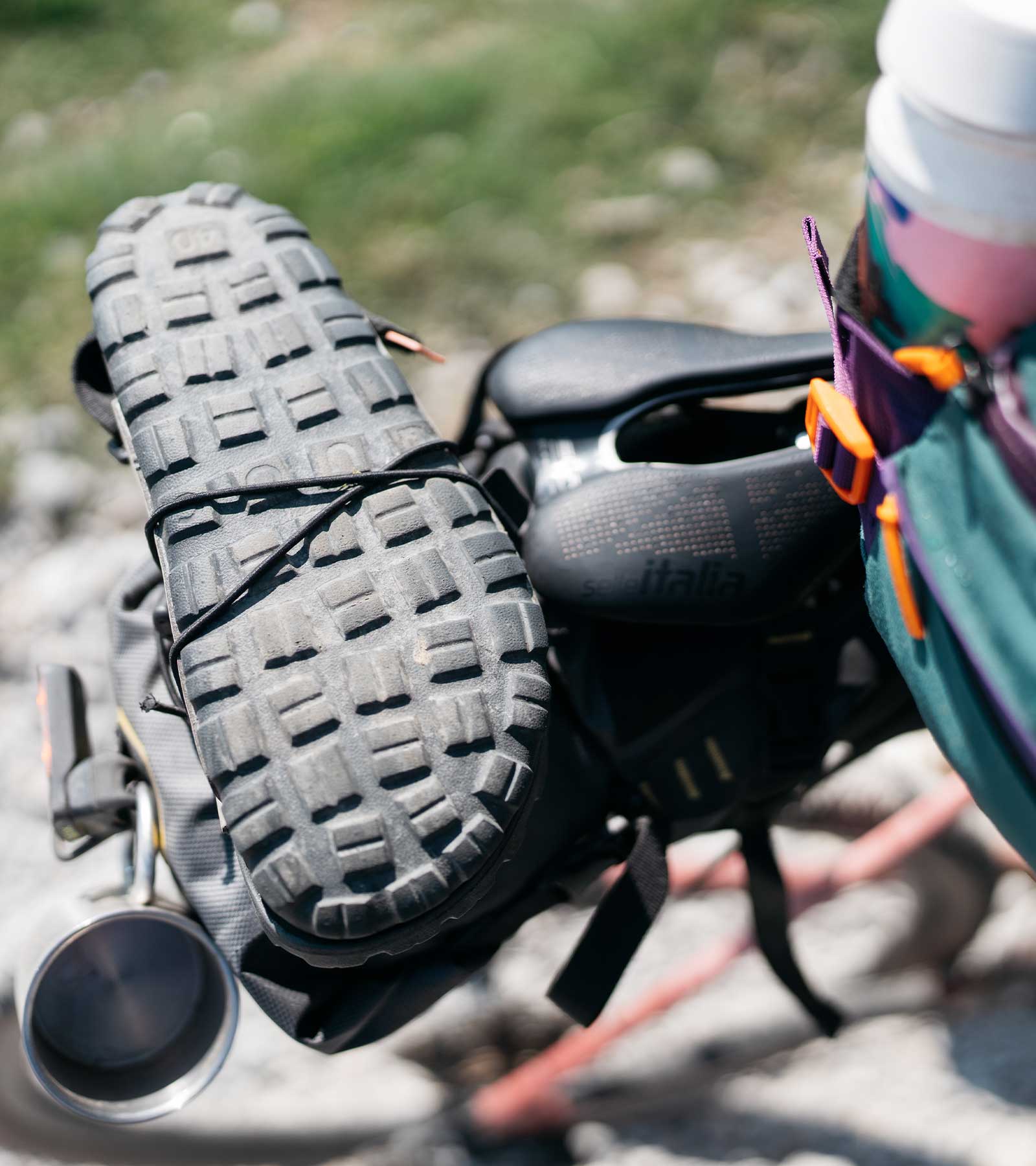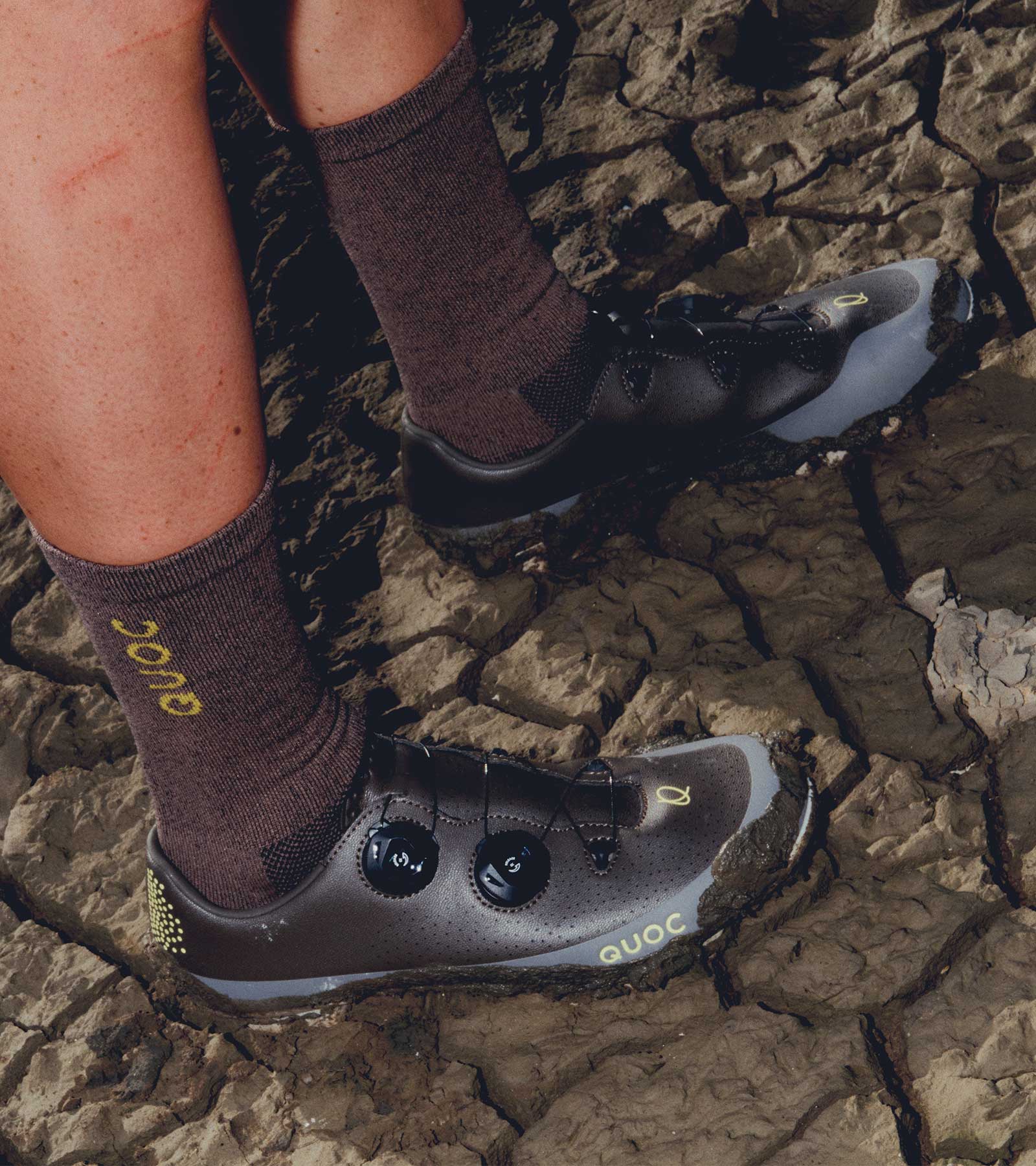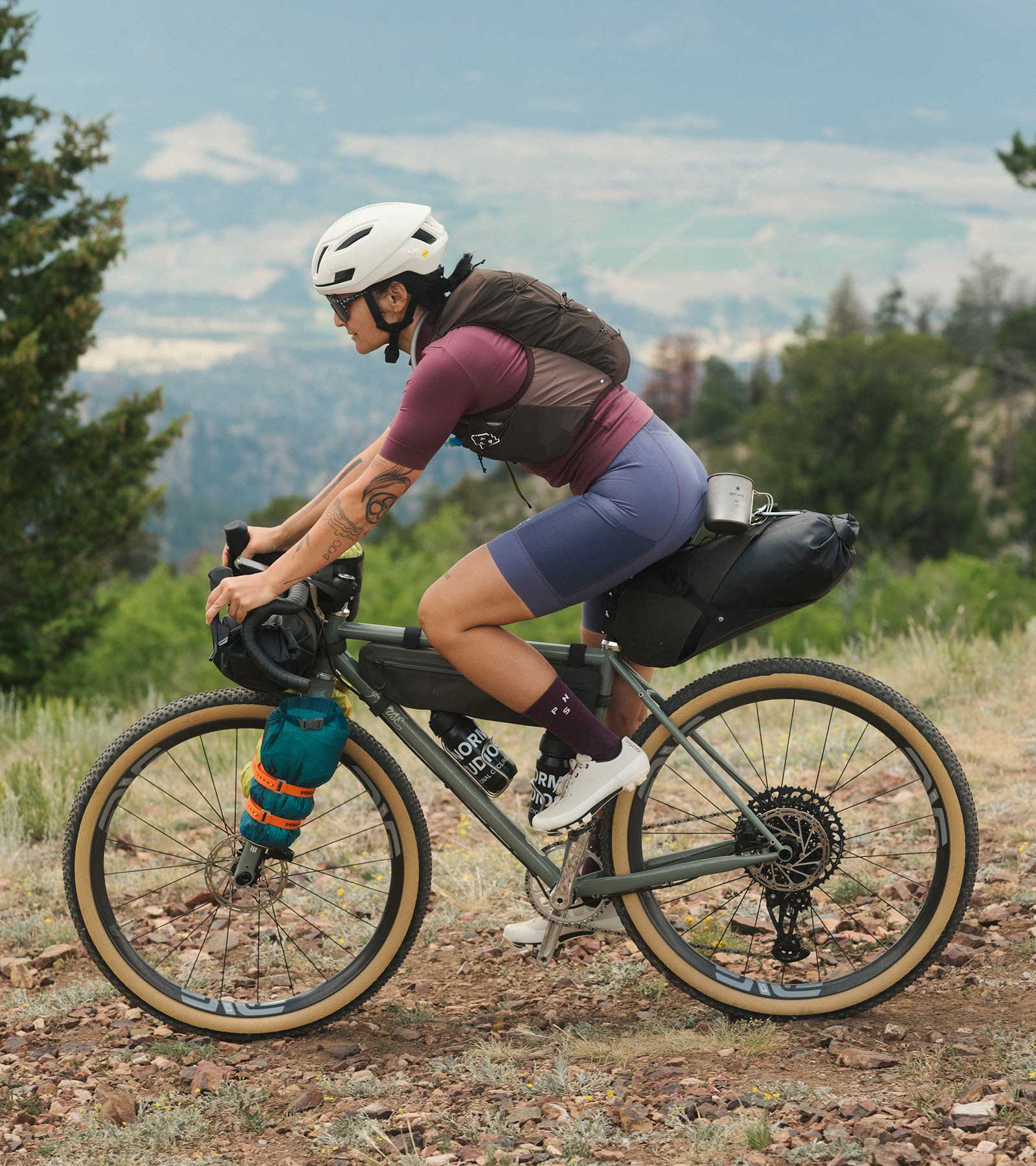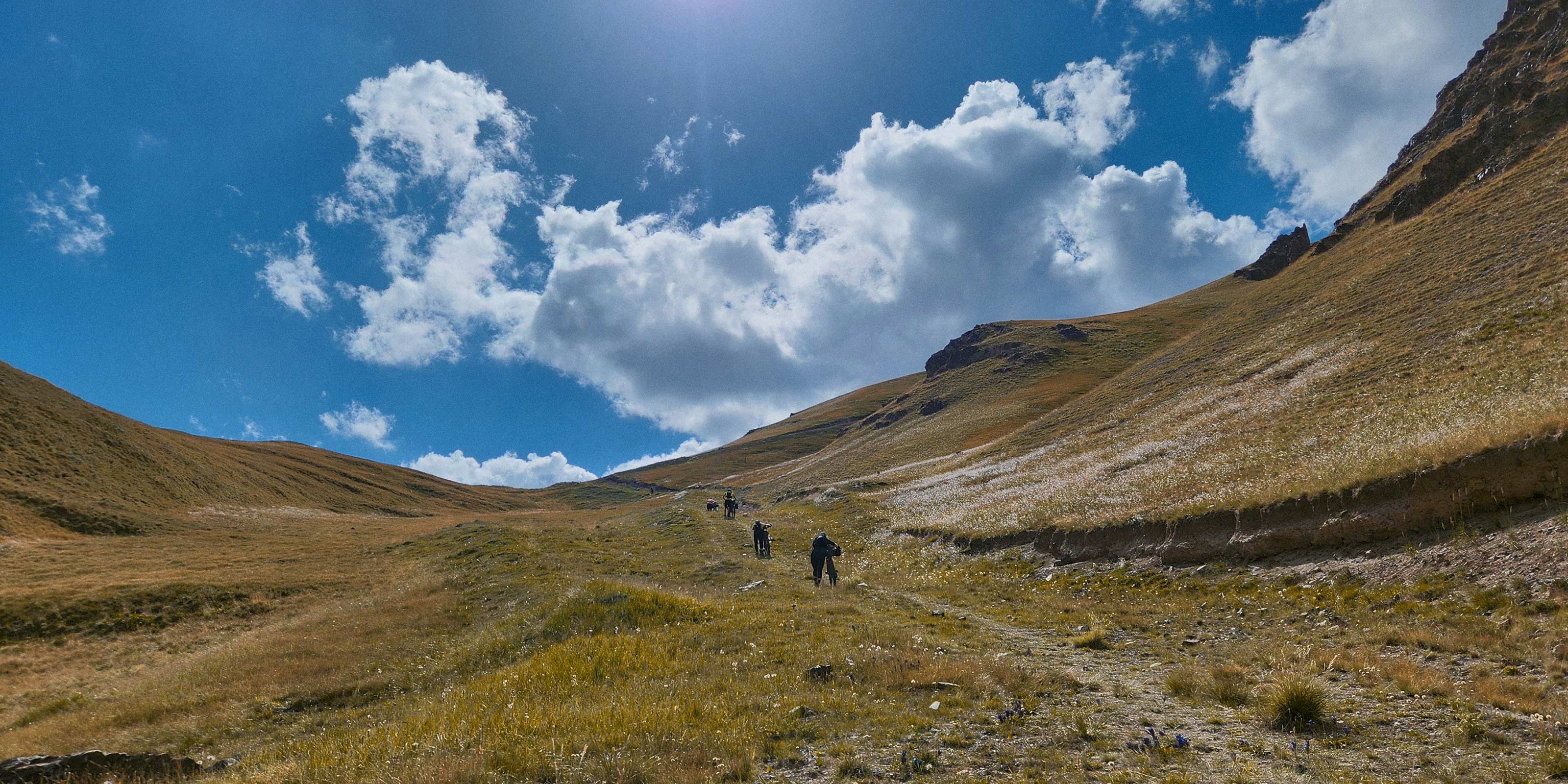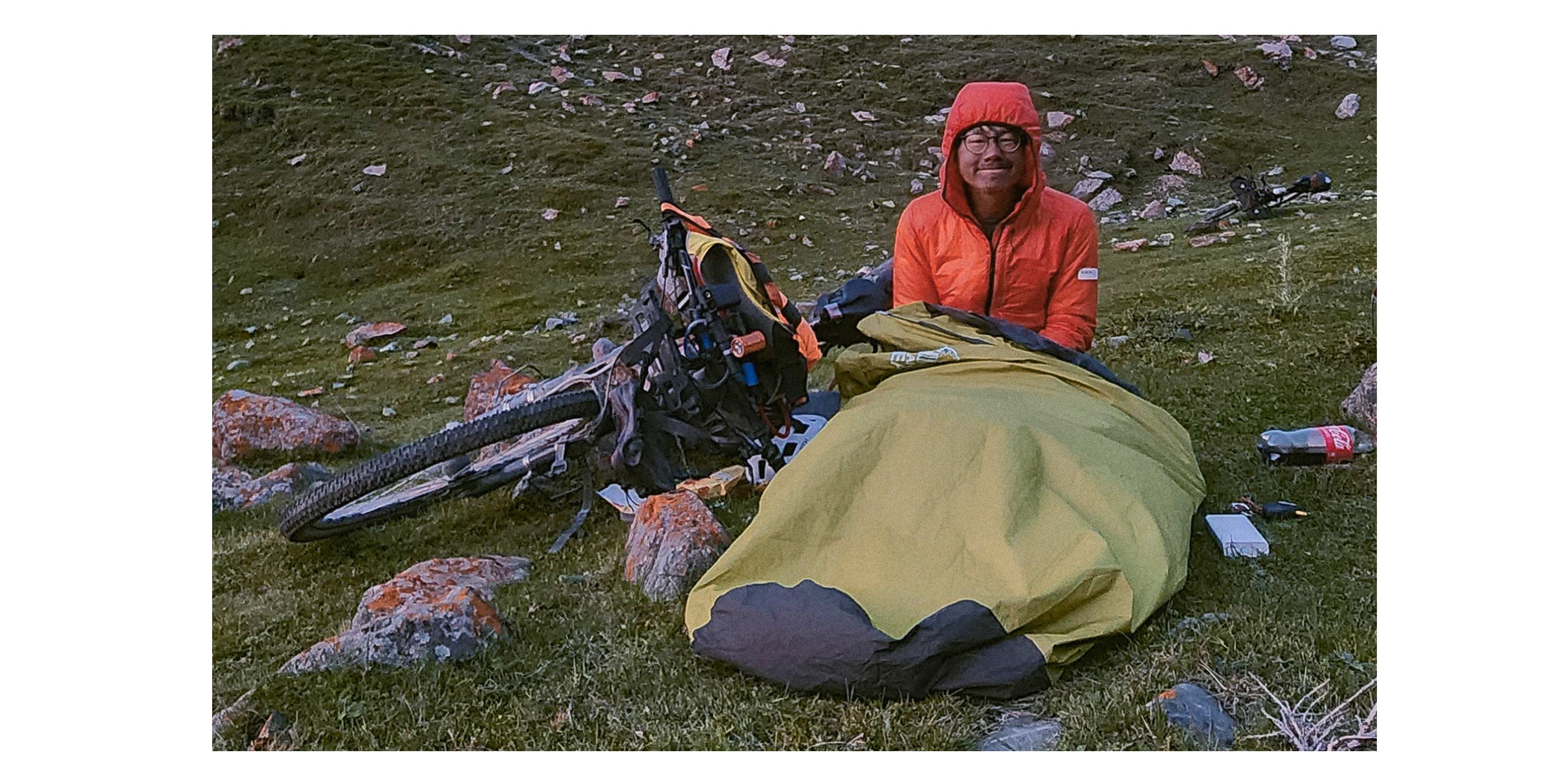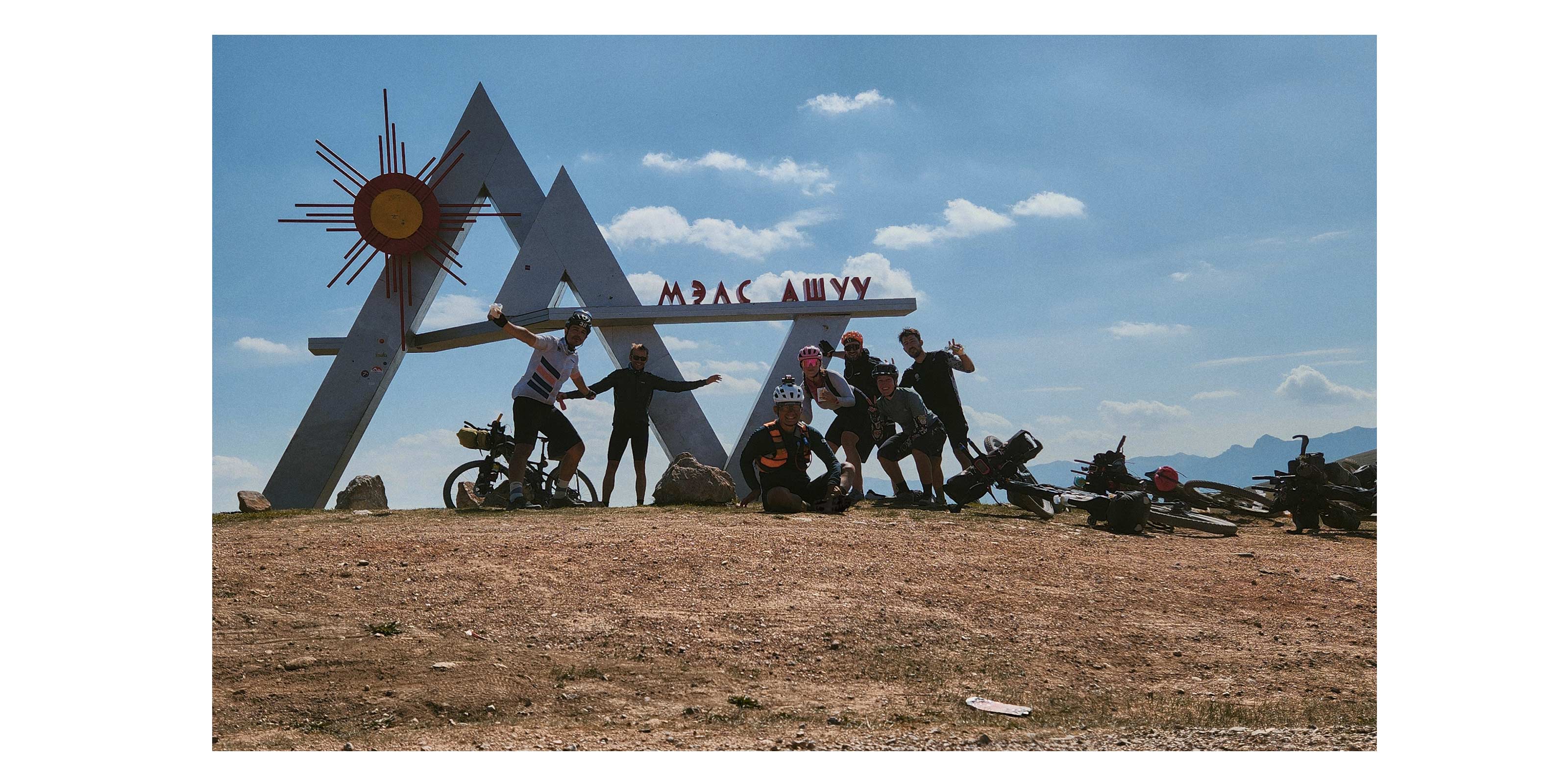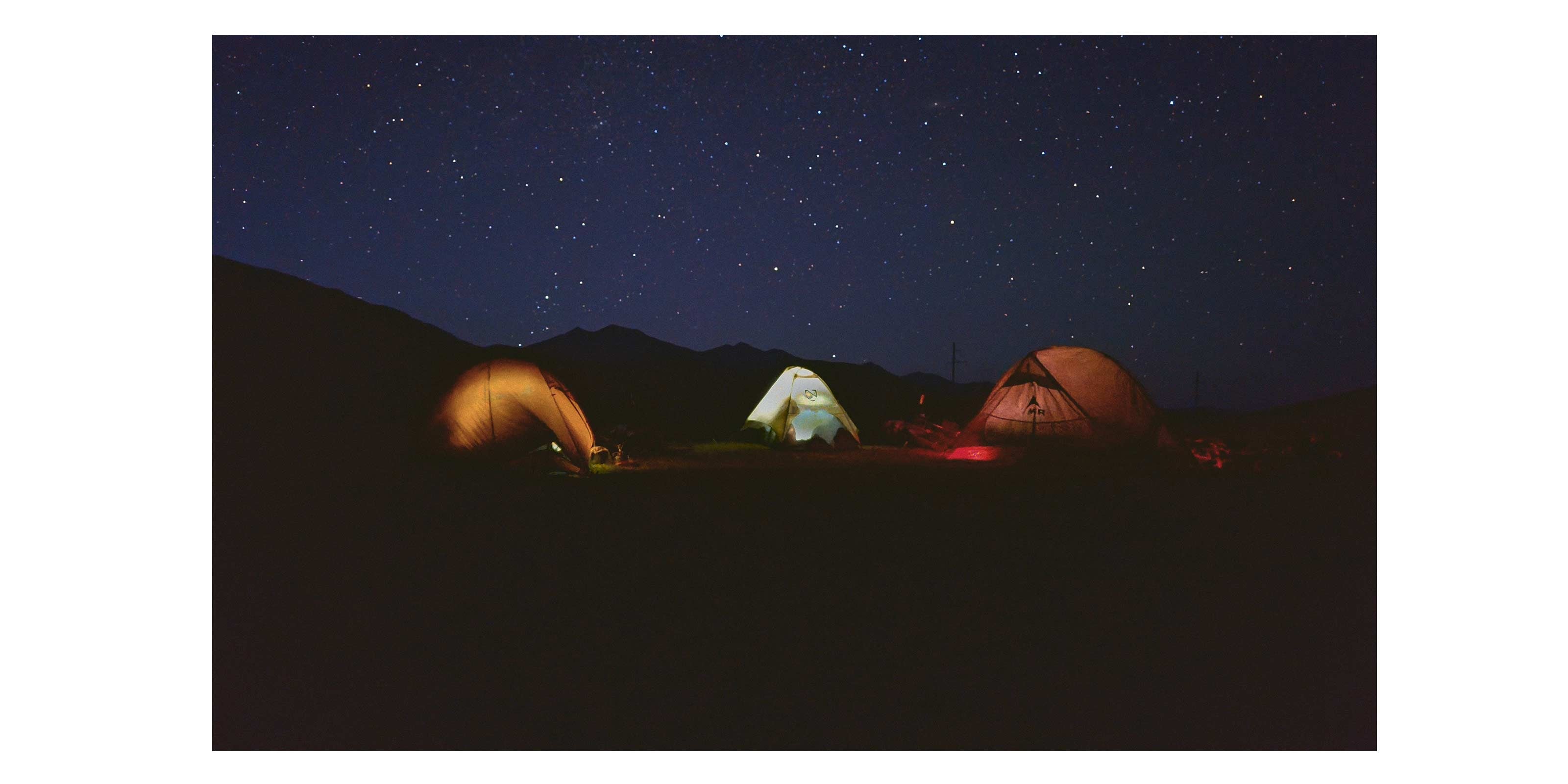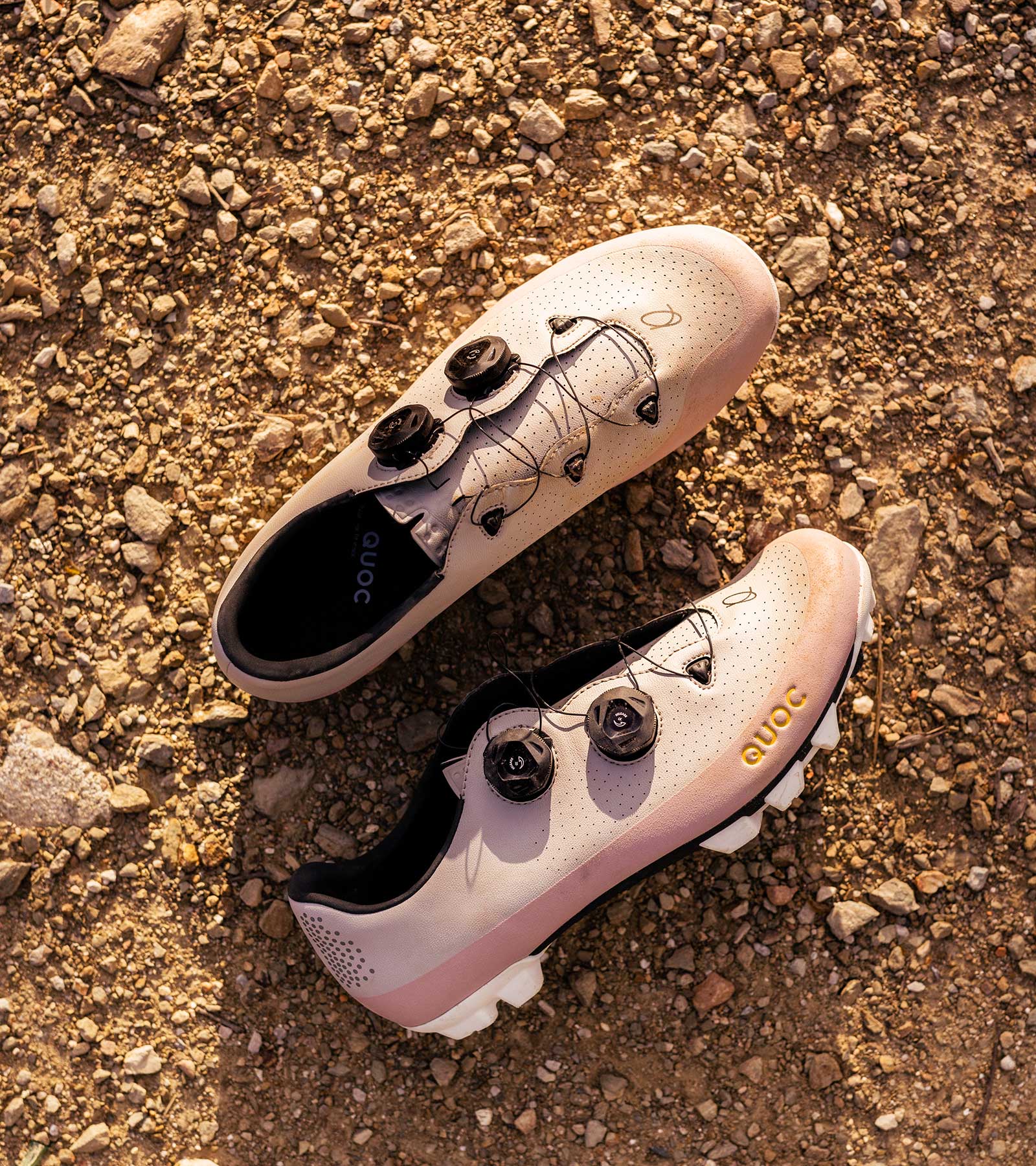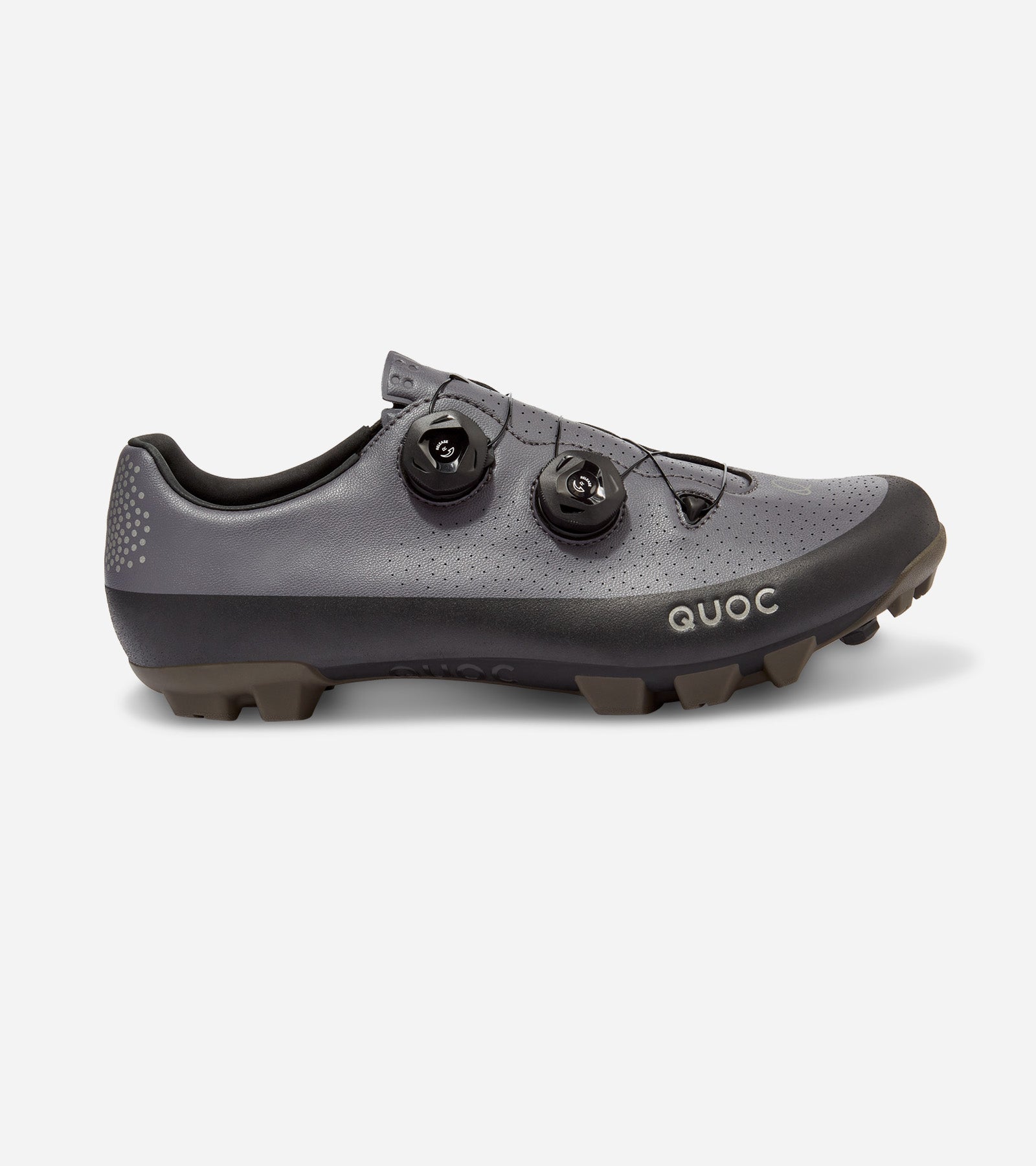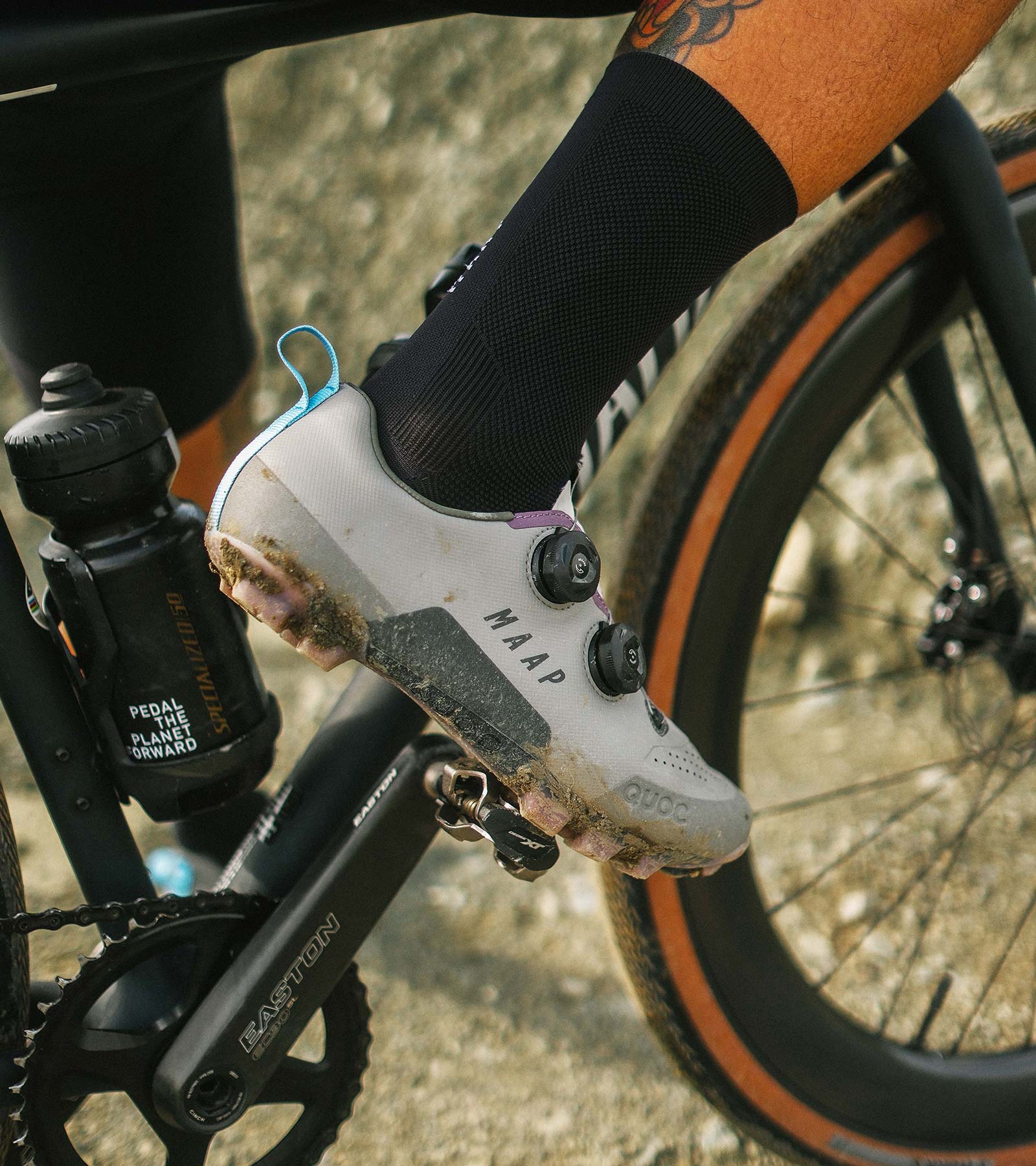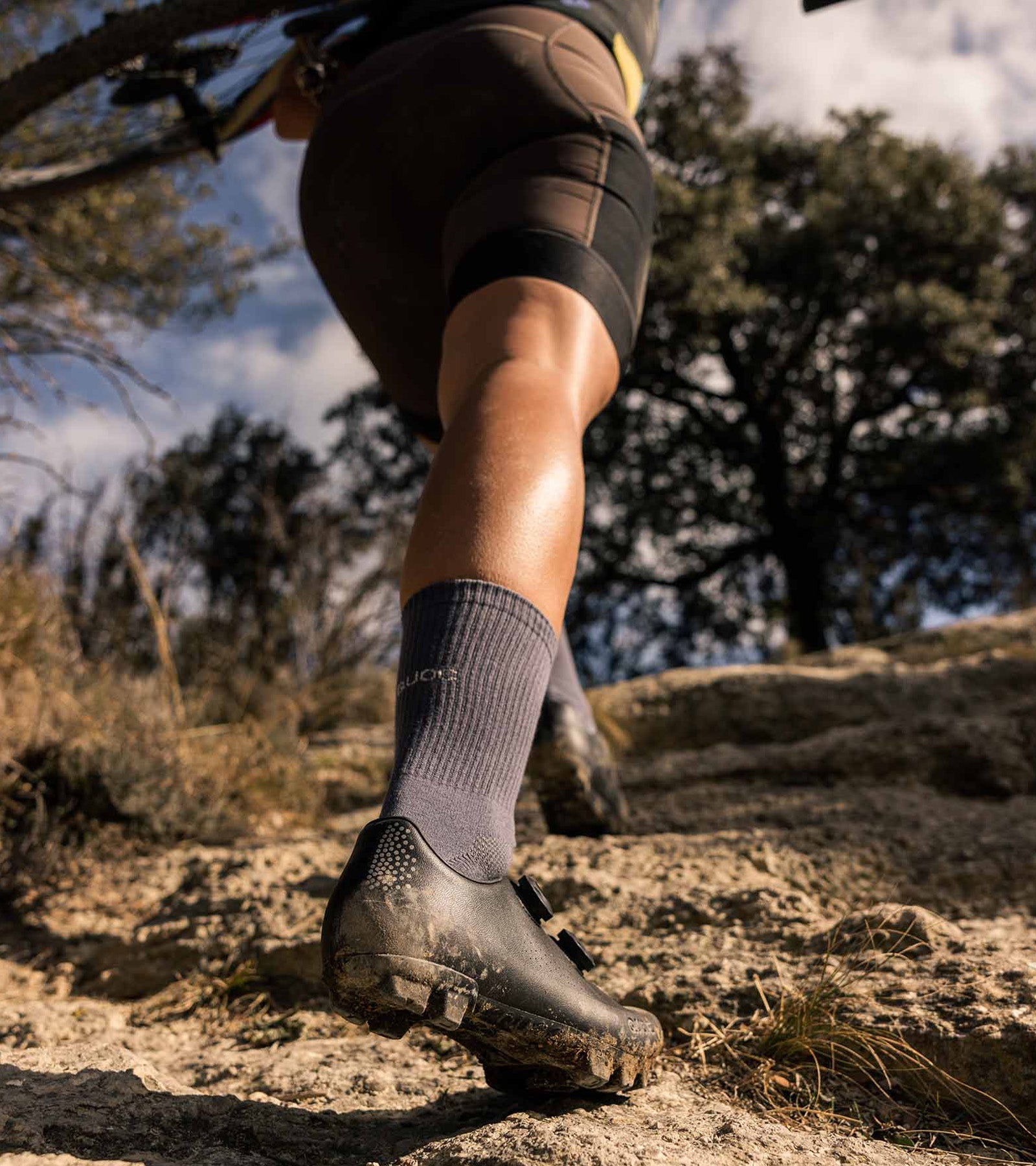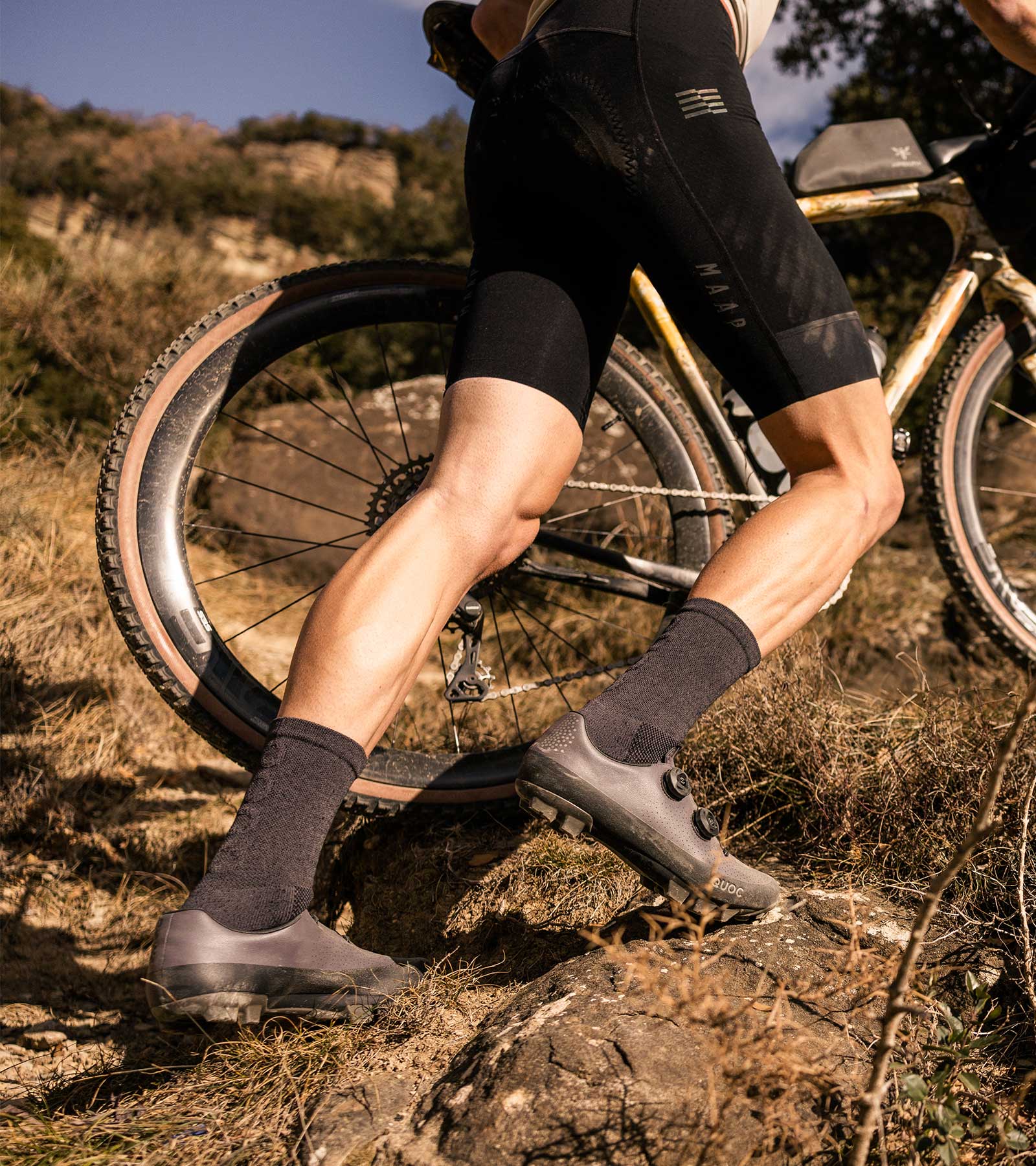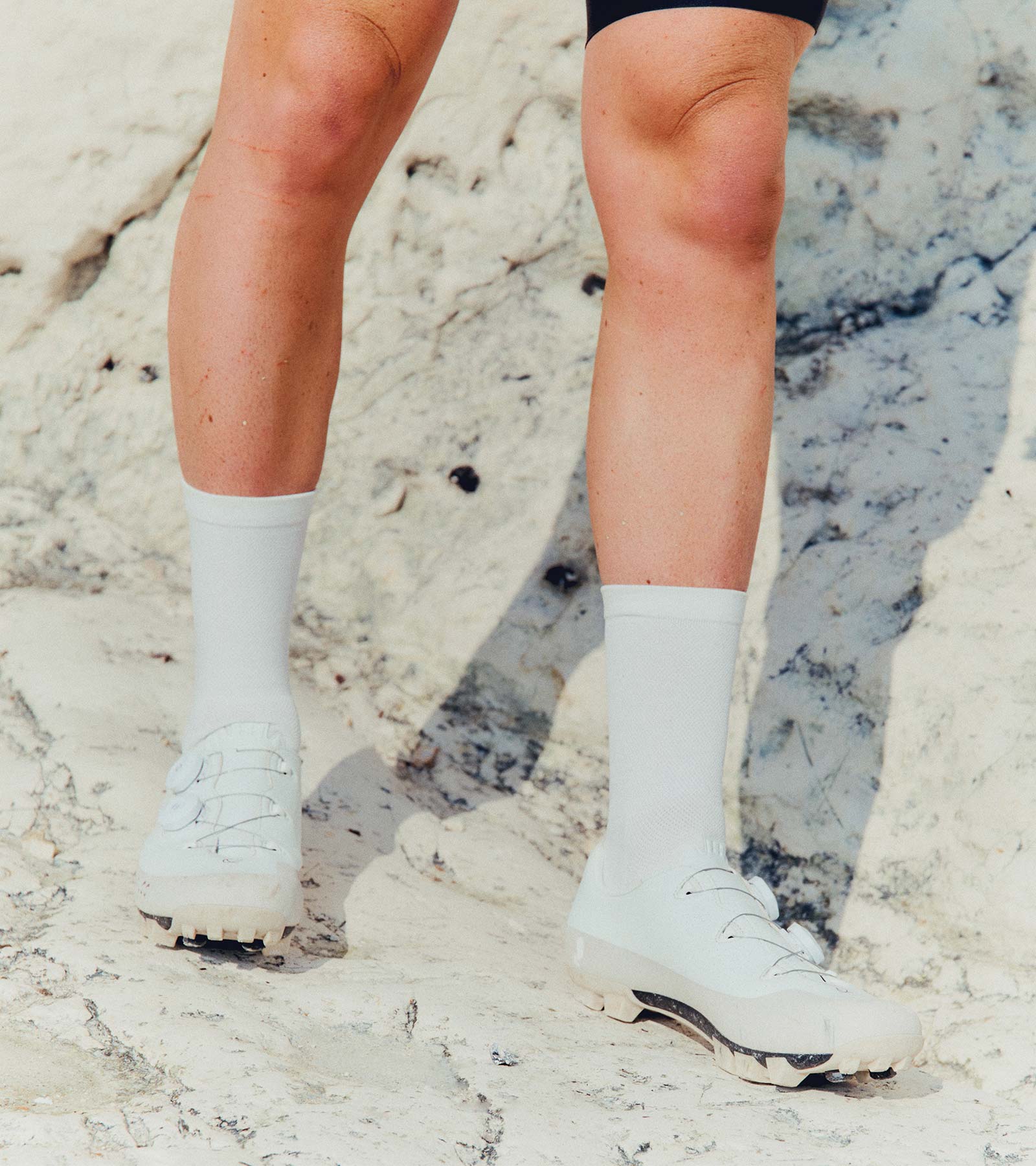JONGHA PARK
A Silk Road Mountain Race Finisher’s Journey
How 20 years of endurance cycling prepared Jongha Park to battle 1,700km of Kyrgyzstan’s toughest terrain.
“The race teaches you to rely on others. That British rider’s snacks didn’t just fuel my body - they reignited my belief that we’re all in this together.”
- JONGHA
01
Q: The Silk Road Mountain Race is notoriously difficult. Why attempt it a second time?
Jongha: “My goal was the double challenge - finishing both the Tour Divide and Silk Road Mountain Race in one year. Both demand extreme endurance, so preparation was everything.”
02
Q: How did you prepare for the altitude and distance?
Jongha: “After the Tour Divide, I did high-altitude training in Korea with 300km rides on my QUOC Gran Tourer XCs. Their power transfer and comfort were crucial. I arrived early in Kyrgyzstan for backpacking acclimatization too.”
03
Q: How did you manage nutrition in such remote conditions?
Jongha: “Markets every 150km saved me - I carried 1L of cola and lived on bread and biscuits. Until the final pass... I’d underestimated that section and a British rider shared snacks when I was near collapse. The race teaches you to rely on others.”
04
Q: What was your darkest moment?
Jongha: “Lenin Peak - 10 hours climbing from 800m to 4000m. This time, I pushed my bike for just 2.5 hours thanks to better preparation. You realize then how every training kilometer matters.”
05
Q: What's your ultimate advice for ultra-racing newcomers?
Jongha: “No secrets exist. Just commit, then build the physical and mental strength through preparation. Anyone can finish if they respect the process.”

